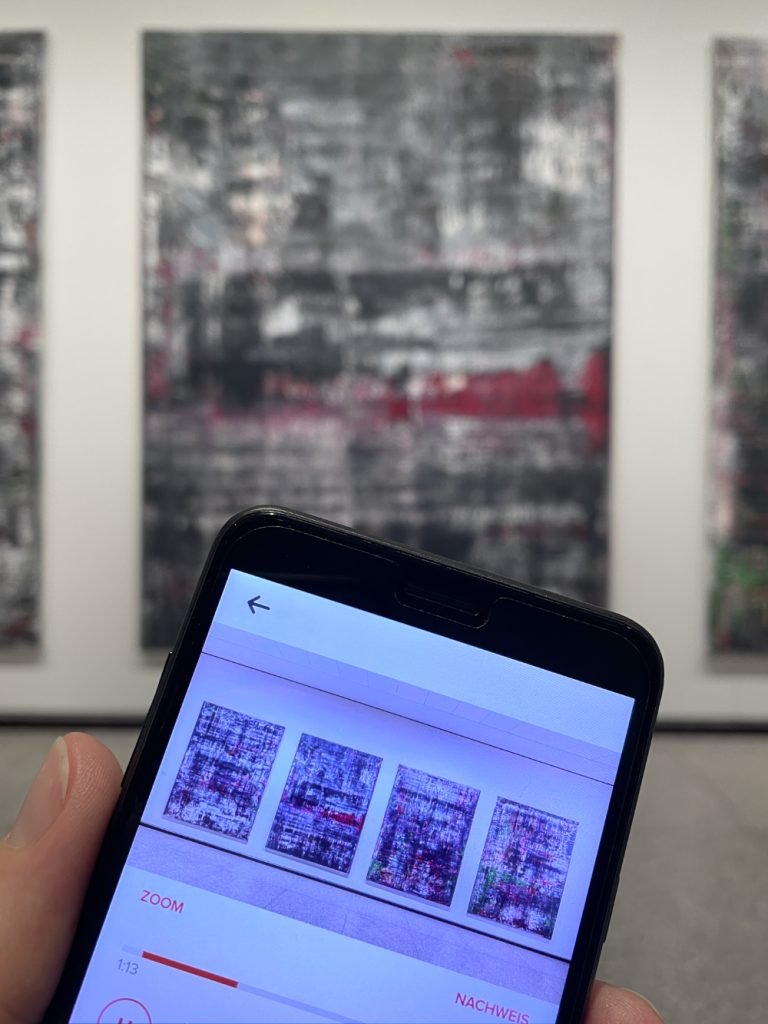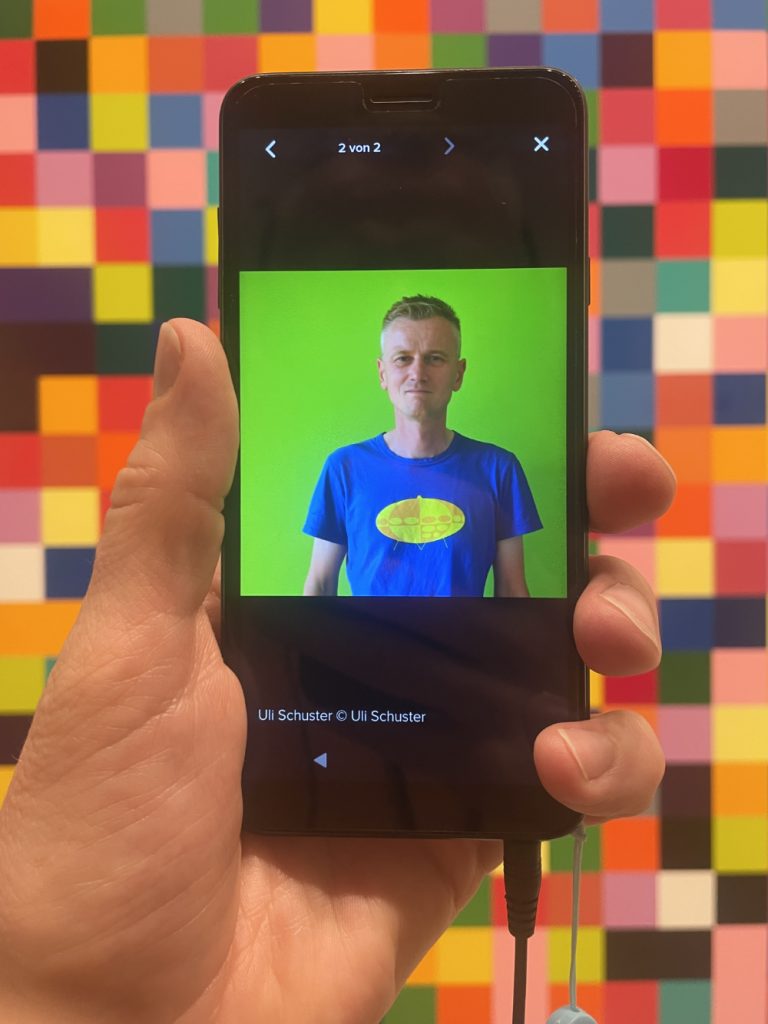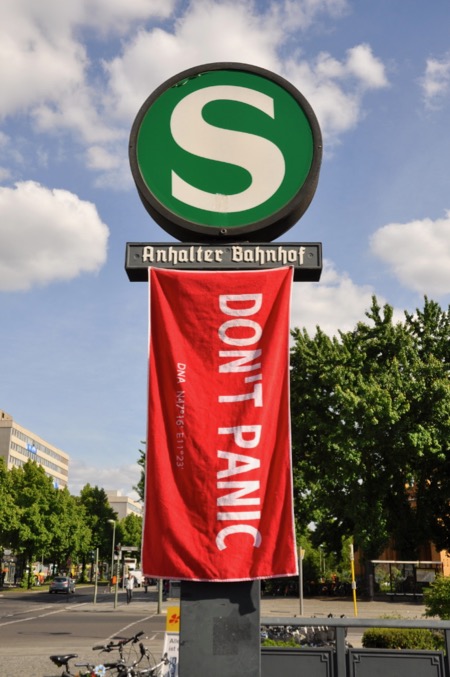In der Neuen Nationalgalerie ist einer neuer Audioguide veröffentlicht worden. Ab sofort können Besucher zu der Ausstellung: ‘Gerhard Richter – 100 Werke für Berlin’ kostenlos Hintergründe und Kontexte zu der Ausstellung und einzelnen Werken hören.

Persönlich habe ich zwei kleine Beiträge beigesteuert. Ich gebe Einblicke zu der Entstehung der Arbeit Aladin und zu den 31 Farbskizzen, die im Jahr 2022 entstanden sind.


You must be logged in to post a comment.